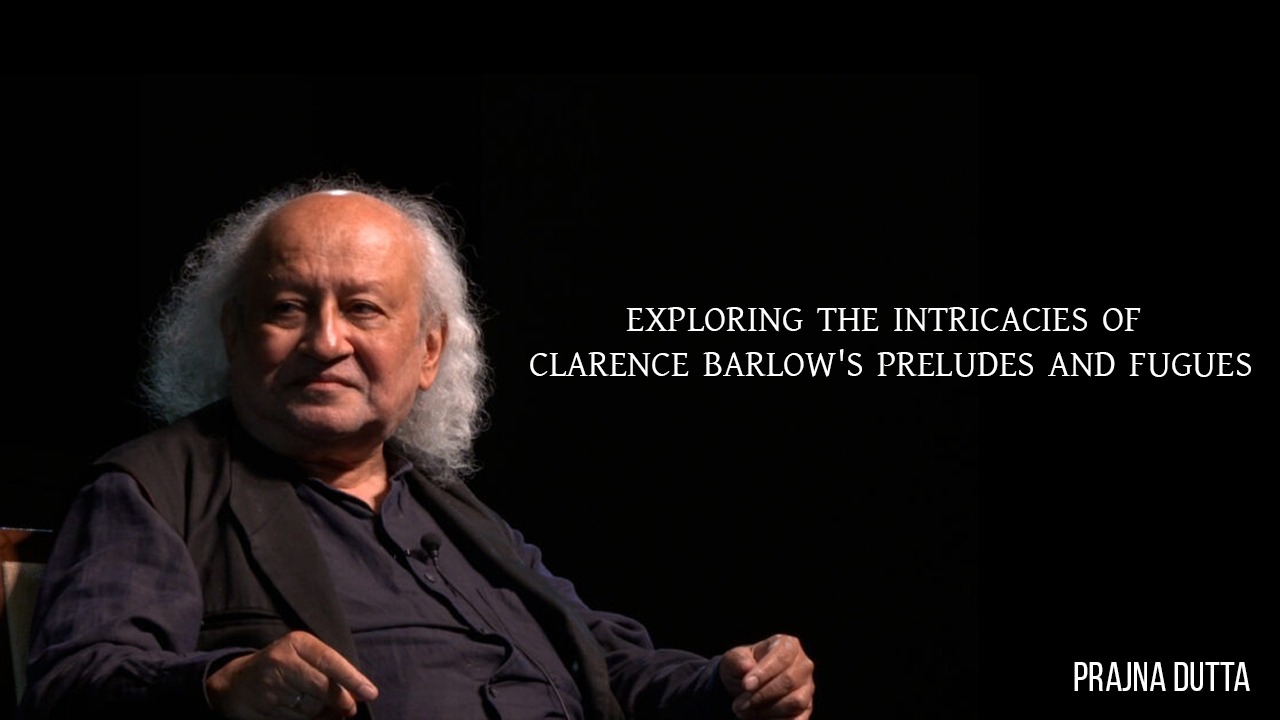Introduction:
Clarence Barlow, a contemporary composer renowned for his innovative and intellectually engaging compositions, has made significant contributions to the world of music. Among his notable works, his preludes and fugues stand out as compelling examples of his mastery of counterpoint and exploration of complex musical structures. This article delves into the preludes and fugues of Clarence Barlow, shedding light on their unique characteristics, influences, and the composer's artistic vision.
1. Unraveling the Prelude and Fugue:
The prelude and fugue form is deeply rooted in the baroque tradition, particularly popularized by the works of Johann Sebastian Bach. It consists of two distinct sections—a prelude, which serves as an introduction, and a fugue, which is a highly intricate and contrapuntal composition. Clarence Barlow's preludes and fugues build upon this traditional framework, infusing them with his own artistic voice and a modern perspective.
2. Complexity and Intellectual Rigor:
Barlow's approach to preludes and fugues is characterized by their complexity and intellectual rigor. His compositions often utilize intricate harmonies, rhythmic patterns, and chromaticism, challenging both the performer and the listener. Barlow's exploration of microtonality and mathematical structures is evident in the construction of his compositions, resulting in a rich tapestry of sound that demands careful attention and analysis.
3. Integration of Eastern and Western Influences:
One of the distinctive elements of Barlow's preludes and fugues is his integration of Eastern and Western musical influences. As a composer deeply interested in cross-cultural exploration, Barlow seamlessly weaves together elements from various musical traditions, including Indian classical music, Indonesian gamelan, and Arabic maqam. This fusion of diverse musical languages lends his compositions a unique and captivating character.
4. Algorithmic Composition:
Barlow's preludes and fugues often incorporate elements of algorithmic composition, a technique that employs formalized processes and mathematical algorithms to generate musical material. Barlow's background in computer music and his fascination with mathematical structures are evident in his use of algorithms to shape the melodic, rhythmic, and harmonic content of his compositions. This approach adds an additional layer of complexity and precision to his already intricate musical tapestries.
5. Aesthetic Contemplation and Emotional Depth:
While Barlow's preludes and fugues may be intellectually demanding, they also possess a profound emotional depth. The composer skillfully navigates the interplay between abstract structures and expressive qualities, creating music that engages both the mind and the heart. Barlow's preludes and fugues can evoke a wide range of emotions, from introspection and contemplation to exuberance and joy, offering a multi-dimensional listening experience for the audience.
Conclusion:
Clarence Barlow's preludes and fugues stand as remarkable examples of contemporary composition that simultaneously honor tradition while pushing the boundaries of musical expression. Through their complexity, intellectual rigor, and integration of diverse musical influences, Barlow's compositions captivate listeners and invite them on a journey of discovery. With his unique artistic vision and innovative techniques, Barlow’s music continues to enrich and impact composers and audiences alike.

Comments